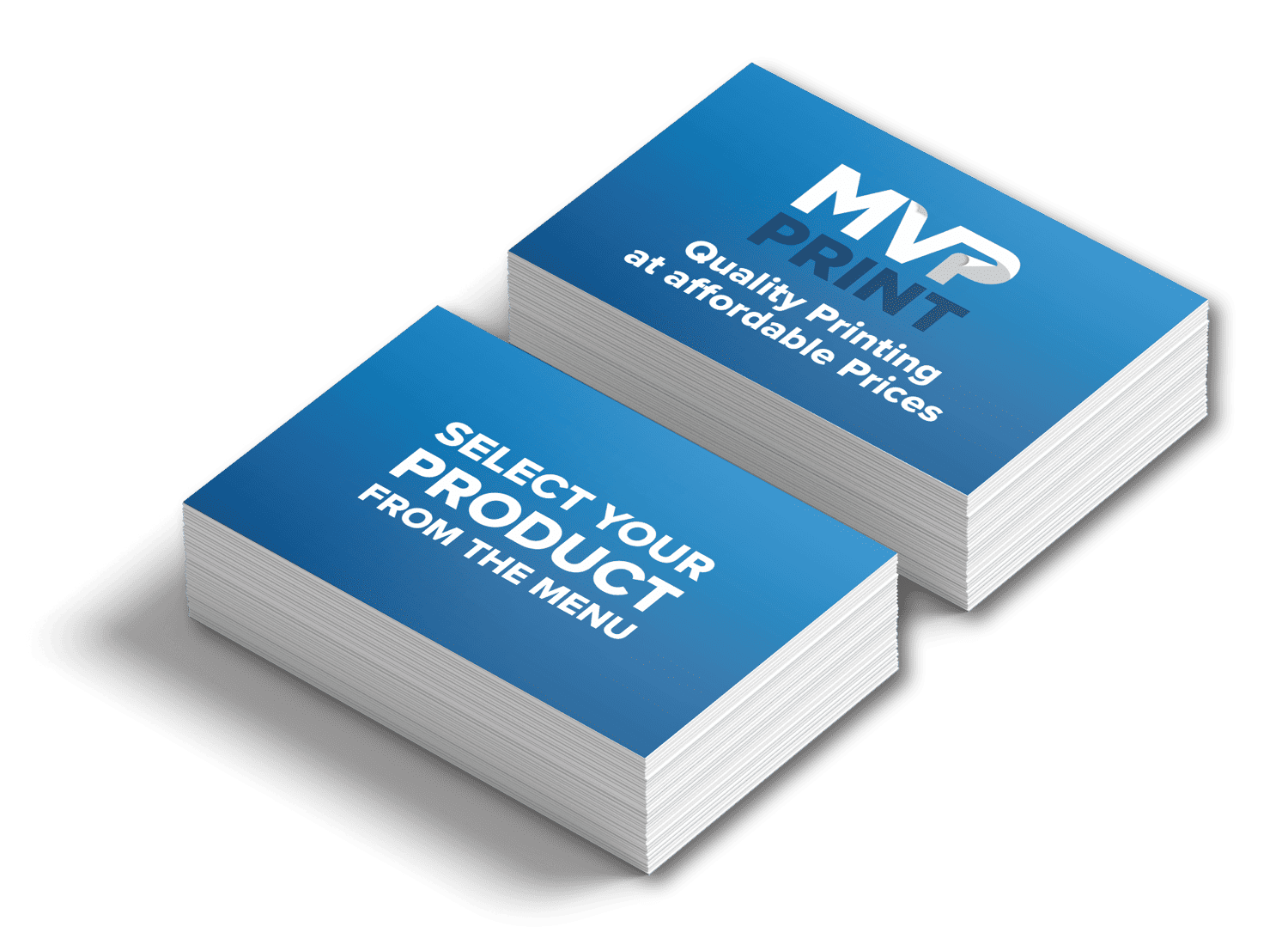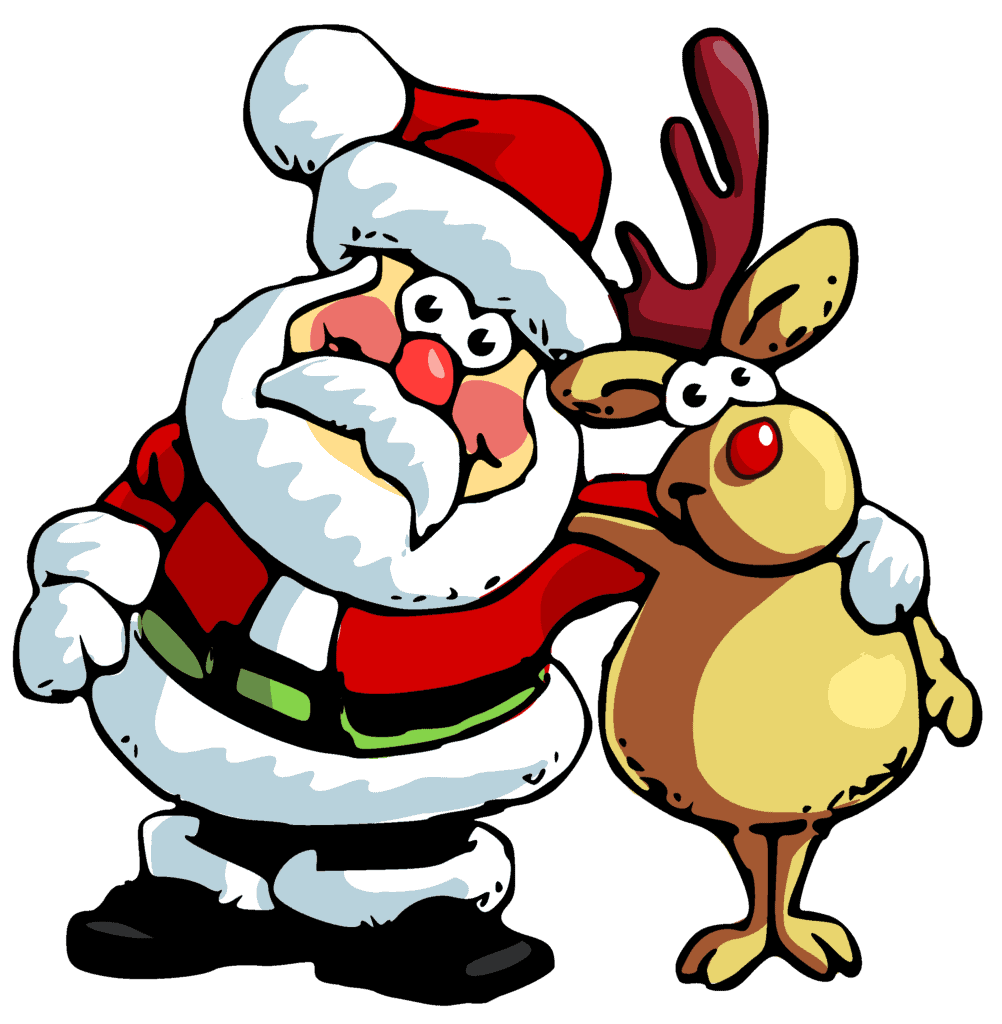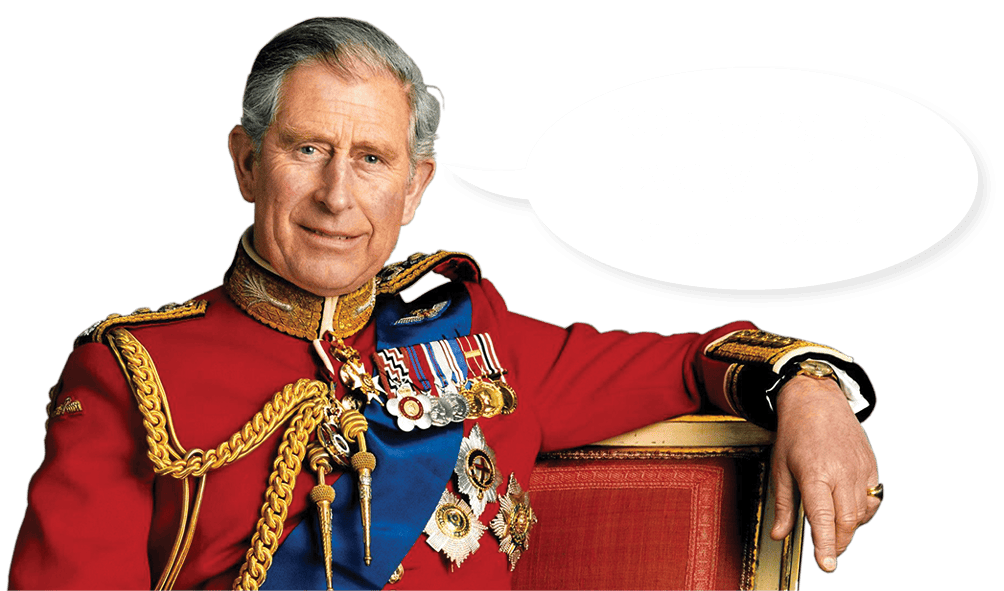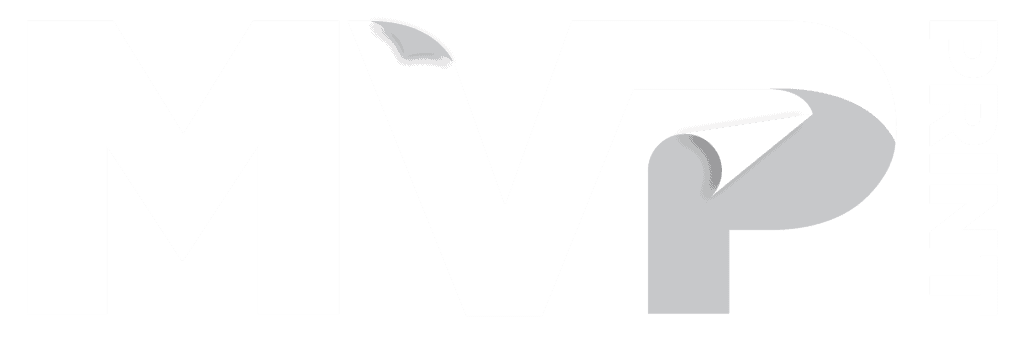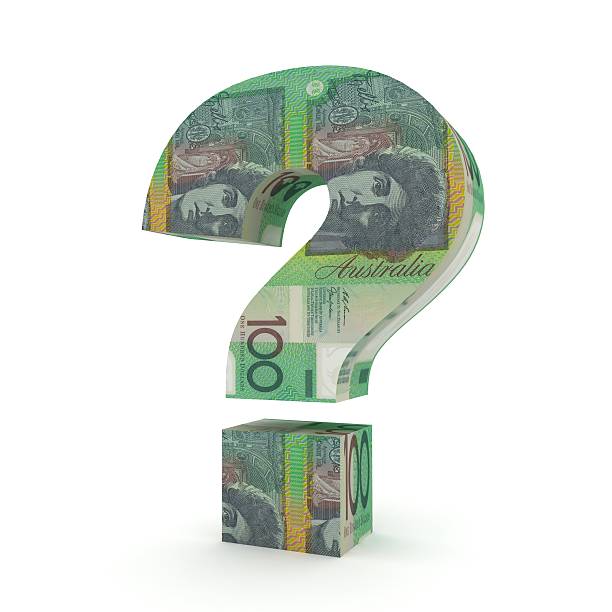
For aspiring or established Australian authors, the question `How much does it cost to print a book in Australia ?’ is often asked. Fortunately, book printing services in Australia cater to different budgets and needs. Options range from digital printing for small runs to offset printing for bigger quantities. Some printing services can cost a few hundred dollars depending on the specifications, such as page count, trim size, binding, cover type, paper quality, and ink choice.
Whether you’re self-publishing or exploring traditional publishing, knowing the printing costs is vital. It helps in planning your budget and achieving success. This guide will explore the factors affecting book printing costs in Australia. We’ll look at the available options and how to manage your printing budget effectively.
Understanding Book Printing Costs in Australia
Printing a book in Australia involves various factors that can impact the overall cost. The number of pages, book size, binding style, and cover design all play a role. Each element affects the final price. To help you navigate the intricacies of book printing, let’s explore the key considerations and their impact on costs.
How much does it cost to print a book in Australia ? Factors Affecting Print Costs
The cost of book printing in Australia is influenced by several variables. These include:
- Page count
- Trim size (the physical dimensions of the book)
- Binding style (e.g., saddle stitch, coil, wire)
- Cover type (e.g., paperback, hardcover)
- Paper quality and weight
- Ink options (e.g., full-color, black and white)
These factors, along with the number of books printed and their specifications, can significantly impact the final cost. It’s essential to consider them carefully when planning your book project.
Digital vs. Offset Printing Options
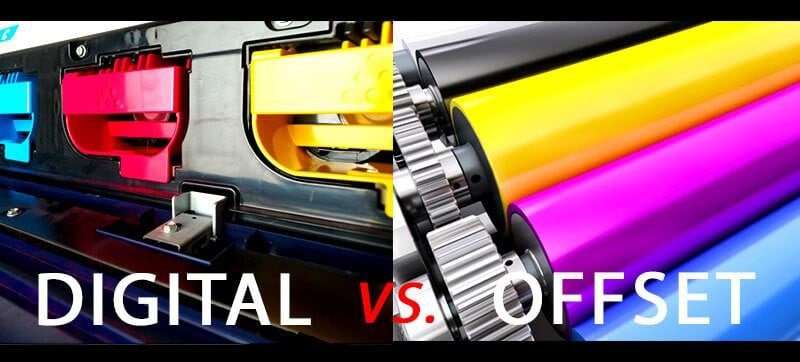
In Australia, you have two primary options for book printing: digital and offset printing. Digital printing is more cost-effective for shorter print runs, under 500 copies. It has lower setup costs and faster turnaround times. Offset printing is preferred for longer runs, offering higher quality production and handling thousands of pages per minute efficiently.
Basic Price Ranges for Different Book Sizes
The cost of printing a book in Australia varies widely based on size and specifications. Here’s a general guideline:
| Book SizeDigital Printing Cost (per book) | |
|---|---|
| 100 pages | $6.50 |
| 200 pages | $8.80 |
| 300 pages | $11.20 |
These prices are based on a digital print run of 50 books. They may vary depending on your specific requirements and the printing provider you choose.
Hardcover books generally cost more to print than paperback books due to their durability and higher quality.
Digital Printing Price Breakdown for Small Runs
Digital printing is a top choice for small print runs of print books in Australia. It’s flexible and affordable, meeting the needs of authors, publishers, and self-publishers. Let’s delve into the typical costs for digital book printing in Australia.
A 100-page book costs about $6.50 per book for a 50-book run. For a 150-page book, the price jumps to $8.25 per book. A 200-page book will cost around $8.90 per book. For a 250-page book, expect to pay $9.50 per book. Lastly, a 300-page book will cost $11.20 per book.
These prices are a general guide. Actual costs can vary based on your needs and the printing service. Digital printing is great for small runs, perfect for testing the market or creating limited editions.
It also allows for easy content revisions and personalization. This makes it ideal for small orders of business cards, flyers, or custom signs. Digital printing services in Australia offer competitive cost per book and small print runs options.
Using digital printing services can open up new markets and revenue streams. This can significantly boost your publishing success.
The Impact of Book Specifications on Printing Costs
In Australia, the specifications of your book greatly influence printing costs. The paper quality, weight, binding style, and cover design all play key roles. Each factor contributes to the final cost of your book.
Paper Quality and Weight Options
The paper type and weight significantly affect printing costs. Lighter papers, like 70-80gsm, are more affordable, especially for long books. However, premium papers, such as 100-120gsm, improve the book’s quality but increase the price.
Choosing between uncoated and coated paper is also important. Coated papers, used for glossy covers and high-quality images, enhance visual appeal but can raise costs by up to 30%.
Binding Styles and Their Costs
The binding style impacts printing costs. Saddle-stitching, ideal for booklets and catalogs, starts at $2.30 per book for small runs. Perfect binding, common in paperback books, costs between $5 to $6 per unit. Hardcover or case binding offers a premium look but significantly increases costs, resulting in a durable, high-quality product. Hardcover books, in particular, provide a professional appeal and superior physical attributes, making them a popular choice in print-on-demand services.
Cover Design Considerations
The cover design is vital for marketing and affects printing costs. DIY designs save money, but professional designs enhance the book’s appearance and quality, potentially costing hundreds. This investment can boost reader appeal and sales.
Understanding how book specifications influence printing costs in Australia helps make budget-conscious decisions. This ensures your published work meets quality and presentation standards.
Professional Services That Add to Your Publishing Budget
When publishing a book in Australia, costs go beyond just printing. Investing in professional services can greatly improve your book’s quality and appeal. However, these costs must be included in your overall budget, and a well-designed cover is especially important for a business book targeting a professional audience.
Editing and proofreading are key to a polished manuscript. The standard for proofreading a 145,847-word book is about $2,916. Yet, you can find more budget-friendly options for around $1,250. Book critiques offer valuable feedback, ranging from $175 for a basic critique to $395 for a detailed analysis.
Cover design is also vital for your book’s visual appeal. Budget around $290 for a unique design that will make your book stand out.
- Editing and proofreading services: $1,250 for a 145,847-word book
- Book critique: $175 for a light critique, $395 for a full critique
- Cover design: $290 for a unique front and back cover
While these services may seem like extra costs, they are crucial for your book’s quality and appeal. Investing in them can help you create a polished, engaging publication that connects with your audience.
How Much Does It Cost to Print a Book in Australia Through MVP Print
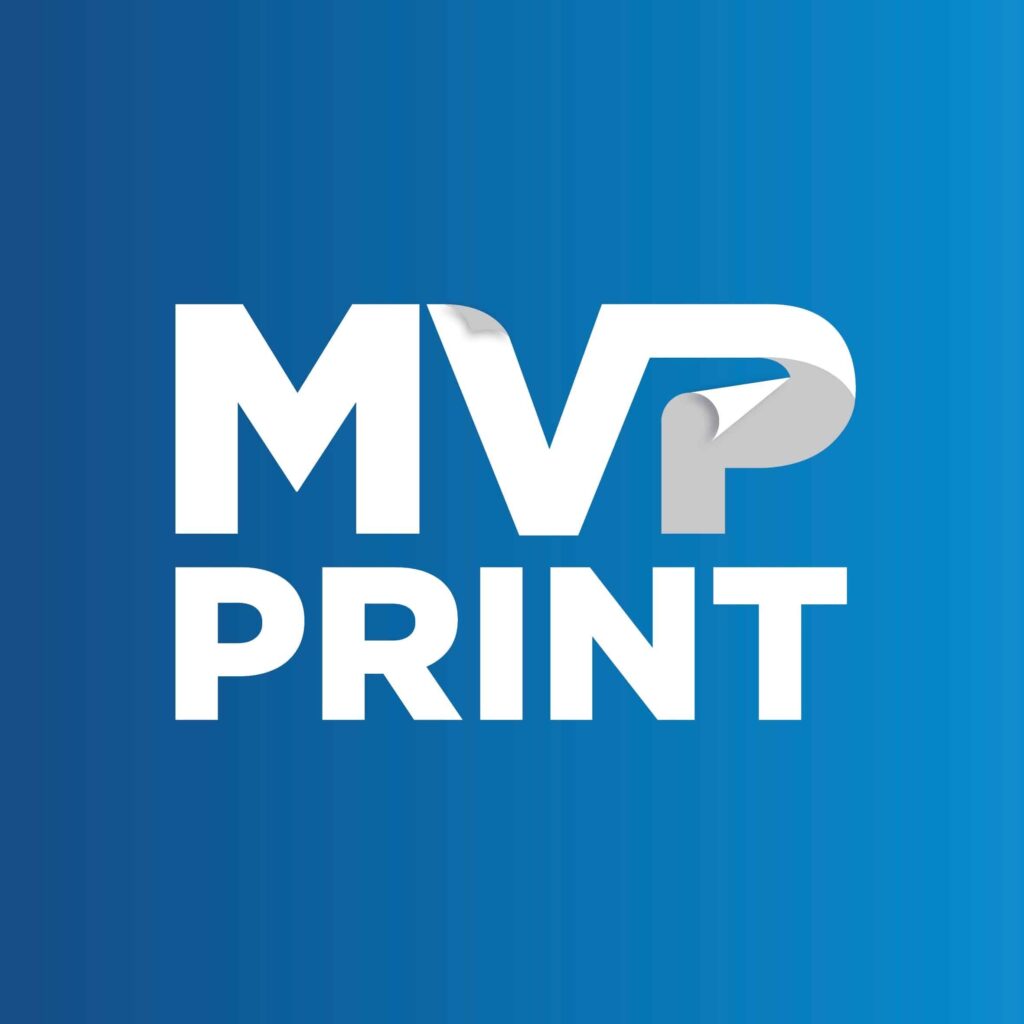
MVP Print, a top Australian printing service, offers clear and competitive pricing for book printing. Their pricing is designed to meet the unique needs of each book project. This ensures that authors and publishers can find a cost-effective solution.
Standard Pricing Structure
The cost of printed books with MVP Print depends on several factors. These include the book’s page count, paper quality, and binding style. For example, their premium perfect bound books with 150gsm internal pages and a 300gsm celloglazed cover start at about $4.00 per book. On the other hand, budget-friendly options with 100gsm internal pages and a 250gsm celloglazed cover start at $2.50 per book.
Bulk Order Discounts
MVP Print promotes bulk printing with substantial discounts for larger orders. For orders of 1,000 books or more, the cost per book can drop to as low as $2.00. This depends on the page count and other details. Such pricing makes MVP Print a great choice for those wanting to save on printing costs.
Additional Services Available
- Cover design
- Proofreading and editing
- Marketing packages
Beyond their core book printing services, MVP Print offers a variety of additional services. These include cover design, proofreading and editing, and marketing packages. These services aim to support authors from start to finish, enhancing their book’s success.
Self-Publishing vs Traditional Publishing Costs
In Australia, authors have to choose between self-publishing and traditional publishing. Each option has its own benefits and costs to weigh.
Self-publishing can be more affordable, with costs ranging from nothing to several thousand dollars. Most authors spend around $3,000 to $4,000 on editing, layout, and cover design. Marketing costs are not included in this figure.
- Developmental editing can cost approximately $1,400
- Copy editing around $1,000
- Proofreading about $700
- Layout design costs typically range from $500 to $1,500
- Cover design costs vary from $500 for new designers up to $1,500 for veteran designers
Traditional publishing, however, doesn’t require upfront costs from authors. Yet, it’s harder to get accepted by publishers. It offers professional support and established distribution channels, which can help authors reach a wider audience.
The choice between self-publishing and traditional publishing depends on personal preference and goals. Self-publishing gives authors more control and potentially higher royalties. Traditional publishing, on the other hand, offers a more streamlined path to success.
Importance of Budgeting for Self-Publishing
Budgeting is a crucial step in the self-publishing process. It helps authors plan and manage their expenses, ensuring they can produce a high-quality book without breaking the bank. A well-planned budget can also help authors make informed decisions about the services they need, such as editing, cover design, and printing.
When creating a budget for self-publishing, authors should consider the following costs:
- Editing: Ranges from $500 to $3,000, depending on the level of editing required.
- Cover Design: Costs between $200 and $1,000, depending on the complexity and customization.
- Printing: Typically ranges from $3 to $10 per book, depending on the print run and specifications.
- Distribution: Can cost between $100 and $500, depending on the platforms and services used.
- Marketing: Budget between $200 and $1,000 for promotional activities.
By setting a realistic budget, authors can avoid financial stress and focus on producing a high-quality book that will appeal to their target audience. Proper budgeting ensures that every aspect of the publishing process is covered, leading to a successful self-publishing journey.
How much does it cost to print a book in Australia with Print-on-Demand Services
In Australia, print-on-demand (POD) services are a flexible and cost-effective option for authors. They enable small print runs, lower upfront costs, and broader distribution. POD services are also ideal for producing high-quality photo books, enhancing the visual presentation of artwork with heavier paper and color printing. We’ll look at some top POD platforms in Australia and compare their pricing.
Popular POD Platforms in Australia
- Amazon Kindle Direct Publishing (KDP) – Offers free ISBN and distribution through Amazon, with unit prices starting from USD$5.
- IngramSpark – Provides the widest distribution network, including libraries and bookstores, with customized pricing quotes.
- Lulu – Offers optional free ISBN, global print-on-demand with a basic unit price around $10, and the option to integrate with Shopify for direct sales.
Cost Comparison Between Providers
POD service pricing varies widely based on the platform and book specifics. Generally, distribution costs range from 40-65% of the list price. Key pricing differences include:
- Lulu Direct offers a production time of 3–5 days with no minimum order requirement, while BookBaby requires a minimum of 25 books and has a production time of 3–5 days for orders under 500 books.
- Acutrack has a minimum order requirement of 50 books and provides various book formats, including paperbacks, hardcovers, spiral-bound, journals, and coloring books.
- Kindle Direct Publishing and Barnes & Noble Press have no minimum order requirements, with production times of 1–3 days and 5–10 business days, respectively.
When selecting a POD platform, consider distribution reach, production time, minimum order requirements, and available book formats. This will help you find the best match for your publishing goals and budget.
Marketing and Distribution Cost Considerations
When publishing a book, marketing and distribution costs can significantly affect your budget. These costs include social media marketing, professional PR services, and advertising. They can range from a few hundred to several thousand dollars. Distribution costs also vary based on the chosen platform and sales channels, with a percentage of the retail price taken by distributors and retailers, impacting the author’s earnings.
Many print-on-demand (POD) services offer free distribution through specific channels. Others may charge fees or take a percentage of sales. It’s crucial to consider both online and offline distribution options when planning your book marketing and distribution strategies.
Leveraging Book Marketing and Distribution Channels
- Develop a robust presence on social media channels and engage with your target audience through platforms like Facebook, Instagram, and Twitter.
- Invest in professional book publicity and public relations services to secure media coverage and book reviews.
- Explore paid advertising options, such as online ads, book promotions, and targeted campaigns, to reach a wider audience.
- Utilize print-on-demand platforms like Amazon KDP, IngramSpark, and Booktopia for global online distribution.
- Consider traditional bookstore distribution through Australia’s leading independent book distributor to make your book available in physical retail outlets.
- Leverage audiobook platforms like Audible to expand your book’s reach and appeal to listeners.
Careful planning and budgeting for book marketing and distribution are key to success. This applies whether you’re self-publishing or working with a traditional publisher.
| Marketing and Distribution Channel | Estimated Cost Range (AUD) |
|---|---|
| Social Media Marketing Packages | $200 – $2,000+ |
| Professional PR and Publicity Services | $1,000 – $5,000+ |
| Paid Advertising (Online, Promotions) | $500 – $5,000+ |
| Print-on-Demand Distribution Fees | $0 – $300 per year |
| Traditional Bookstore Distribution | $300 – $1,000+ per year |
| Audiobook Production and Distribution | $1,000 – $5,000+ |
Online Distribution Costs and Options
Online distribution is a cost-effective way for self-published authors to reach a wider audience. Several online retailers offer distribution services, making it easier to get your book into the hands of readers around the world. Here are some popular options and their associated costs:
- Amazon Kindle Direct Publishing (KDP): This platform allows authors to publish their books for free, with Amazon taking a 30% commission on sales. KDP also offers a free ISBN and extensive distribution through Amazon’s global network.
- Barnes & Noble Press: Similar to KDP, Barnes & Noble Press offers free publishing with a 30% commission on sales. This platform provides access to Barnes & Noble’s online store and other distribution channels.
- Apple Books: Publishing on Apple Books is free, with a 30% commission on sales. This platform is ideal for reaching readers who prefer Apple devices.
In addition to these costs, authors may also need to pay for services such as eBook formatting and cover design. Investing in professional formatting and a compelling cover design can enhance the book’s appeal and improve sales.
Cost-Saving Strategies for Book Printing
Printing self published books can be costly, but there are ways to save money. One effective strategy is to take advantage of bulk order discounts. Ordering more books can lead to lower prices per unit. This can drop the cost to about $2.00 per book for orders of 1,000 or more.
Timing Your Print Run
The timing of your print run also affects costs. Some printing companies in Australia offer seasonal discounts or promotional pricing. It’s wise to research the market and plan your print run accordingly. Combining shipments or choosing slower shipping methods can also reduce delivery costs.
Bulk Order Benefits
- Bulk orders often come with substantial discounts, potentially lowering the per-unit cost to around $2.00 for orders of 1,000 or more books.
- Larger print runs can improve production and delivery efficiency, leading to overall cost savings.
- Bulk printing allows you to take advantage of economies of scale, reducing the per-book expense as the total quantity increases.
When deciding on the ideal print quantity, consider the upfront costs versus potential savings. Finding the right balance can help you make the most of your book printing budget. This ensures a cost-effective outcome.
| Print Quantity | Approximate Cost per Book |
|---|---|
| 100 books | $5.00 |
| 500 books | $3.50 |
| 1,000 books | $2.00 |
| 2,500 books | $1.75 |
| 5,000 books | $1.50 |
Essential Pre-Printing Investments

When publishing a book in Australia, pre-printing investments are key. They enhance the book’s quality and appeal, crucial for success. Authors and self-publishers should consider these services before printing.
Editing: A Polished Manuscript
Professional editing can elevate your manuscript. Editing a novel up to 100,000 words costs about $3,000. It ensures your writing is clear and error-free, improving the reader’s experience.
Cover Design: A Captivating First Impression
Your book’s cover is its first impression. A good cover can significantly impact sales, costing between $15 to $500 or more. This depends on the design’s complexity and customization level.
Formatting: A Seamless Reading Experience
Proper formatting is vital for a polished book. Costs range from $100 to $1,000 or more, based on the book’s complexity and page count.
Designing Your Book Interior: Typesetting and Layout
The interior design of a book is just as important as the cover design. A well-designed interior can make a book more readable and enjoyable for readers. Here are some tips for designing your book interior:
- Choose a Clear and Readable Font: Fonts like Arial or Times New Roman are popular choices for their readability.
- Use Headings and Subheadings: These help break up the text and create a clear hierarchy of information, making it easier for readers to navigate the book.
- Utilize White Space: Effective use of white space creates a clean and uncluttered design, enhancing readability.
- Incorporate Images or Illustrations: These can break up the text and add visual interest, making the book more engaging.
Typesetting and layout are critical components of interior design. Typesetting refers to the process of arranging text into a readable format, while layout refers to the overall design of the page. Both elements work together to create a seamless reading experience, contributing to the overall quality of the book.
ISBN: Unique Book Identification
An ISBN is a unique identifier for your book, essential for global recognition. In Australia, a single ISBN costs $44, or a pack of 10 for $88.
While these investments increase your initial costs, they’re vital for a standout book. Some tasks, like basic cover design and formatting, can be DIY to save money. However, consider the time and skill needed versus the impact on your book’s quality.
File Formats and Requirements for Printing
When preparing your book for printing, it’s essential to use the correct file formats and follow the printer’s requirements. Here are some common file formats and requirements:
- PDF: This is the most common file format for printing. Ensure your file is saved as a high-resolution PDF with embedded fonts to maintain the integrity of the design.
- Word Document: Some printers may accept Word documents, but it’s best to save your file as a PDF to ensure that the formatting is preserved.
- Image Files: Use high-resolution image files, such as JPEG or TIFF, for any images or illustrations in your book. This ensures that the images are clear and sharp in the printed book.
It’s also essential to check the printer’s requirements for margins, bleed, and trim size. These requirements will vary depending on the printer and the type of book you are printing. Following these guidelines will help ensure that your book is printed correctly and looks professional.
How much does it cost to print a book in Australia ? Choosing a Printer and Distribution Options
Choosing a printer and distribution options can be overwhelming, especially for new authors. Here are some factors to consider when selecting a printer:
- Quality: Look for a printer that produces high-quality books with good paper and binding. This ensures that your book will be durable and visually appealing.
- Cost: Compare prices among different printers to find the best deal. Consider both the cost per book and any additional fees for services like shipping and handling.
- Distribution: Consider a printer that offers distribution services to online retailers and bookstores. This can simplify the process of getting your book into the hands of readers.
- Customer Service: Look for a printer with good customer service and a reputation for reliability. This can make the publishing process smoother and more enjoyable.
Some popular printing options for self-published authors include:
- CreateSpace: Amazon’s self-publishing platform offers printing and distribution services, making it easy to get your book on Amazon and other online retailers.
- IngramSpark: This popular printing and distribution service offers a wide range of options for self-published authors, including global distribution to bookstores and libraries.
- Lulu: This self-publishing platform offers printing and distribution services, as well as a range of tools and resources for authors. Lulu also provides options for integrating with e-commerce platforms like Shopify for direct sales.
By carefully considering these factors, authors can choose the best printer and distribution options for their needs, ensuring a successful self-publishing journey.
Timeline and Budget Planning for Book Printing
Effective timeline and budget planning are crucial for successful book printing in Australia. Ensure you have enough time for editing, design, formatting, and proofreading before starting the printing process. Your budget should cover both initial costs and ongoing expenses like marketing and distribution.
When planning your book printing timeline, consider the project’s complexity and the services you’ll use. Short run book printing in Australia, which involves producing books in smaller batches, can have a faster turnaround time of 2-3 weeks after ordering. This contrasts with offset printing for larger quantities, which can take 8-10 weeks.
To keep your budget on track, it’s wise to have a 10-15% buffer for unexpected costs. This financial cushion can help manage any unforeseen expenses during the publishing timeline. By carefully managing your publishing timeline and budget planning, you can effectively navigate the project management of your book printing endeavor.
| Task | Timeline | Estimated Cost |
|---|---|---|
| Manuscript Editing | 4-6 weeks | $1,920 – $6,400 |
| Book Design and Layout | 2-3 weeks | $500 – $2,000 |
| Proofreading | 2-3 weeks | $1,120 – $2,400 |
| ISBN Registration | 1-2 weeks | $42 – $80 |
| Short Run Book Printing | 2-3 weeks | $500 – $5,000 |
| Marketing and Distribution | Ongoing | $1,000 – $5,000 |
The entire process from manuscript completion to book printing can take several months. This depends on the services used and the project’s complexity. By carefully planning your publishing timeline and budget, you can ensure a smooth and successful book printing experience in Australia.
How much does it cost to print a book in Australia ? A Summary
The cost of printing a book in Australia can vary widely. It can start at just $2.30 per book for small digital runs. On the other hand, high-quality offset printing can cost over $30 per book. Self-publishing offers a flexible and cost-effective path for authors. It ranges from free platforms to professional services that cost thousands of dollars.
Print-on-demand services have become a favourite among Australian authors. They provide a cost-effective way to produce and distribute books. By exploring different printing and publishing options, authors can plan their budgets and timelines. This helps them navigate the complex world of Australian book publishing efficiently.
Whether authors choose self-publishing or traditional publishing, understanding book printing costs in Australia is key. It’s essential for making informed decisions. This maximizes the success of their Australian book printing, self-publishing journey, and overall publishing costs.
